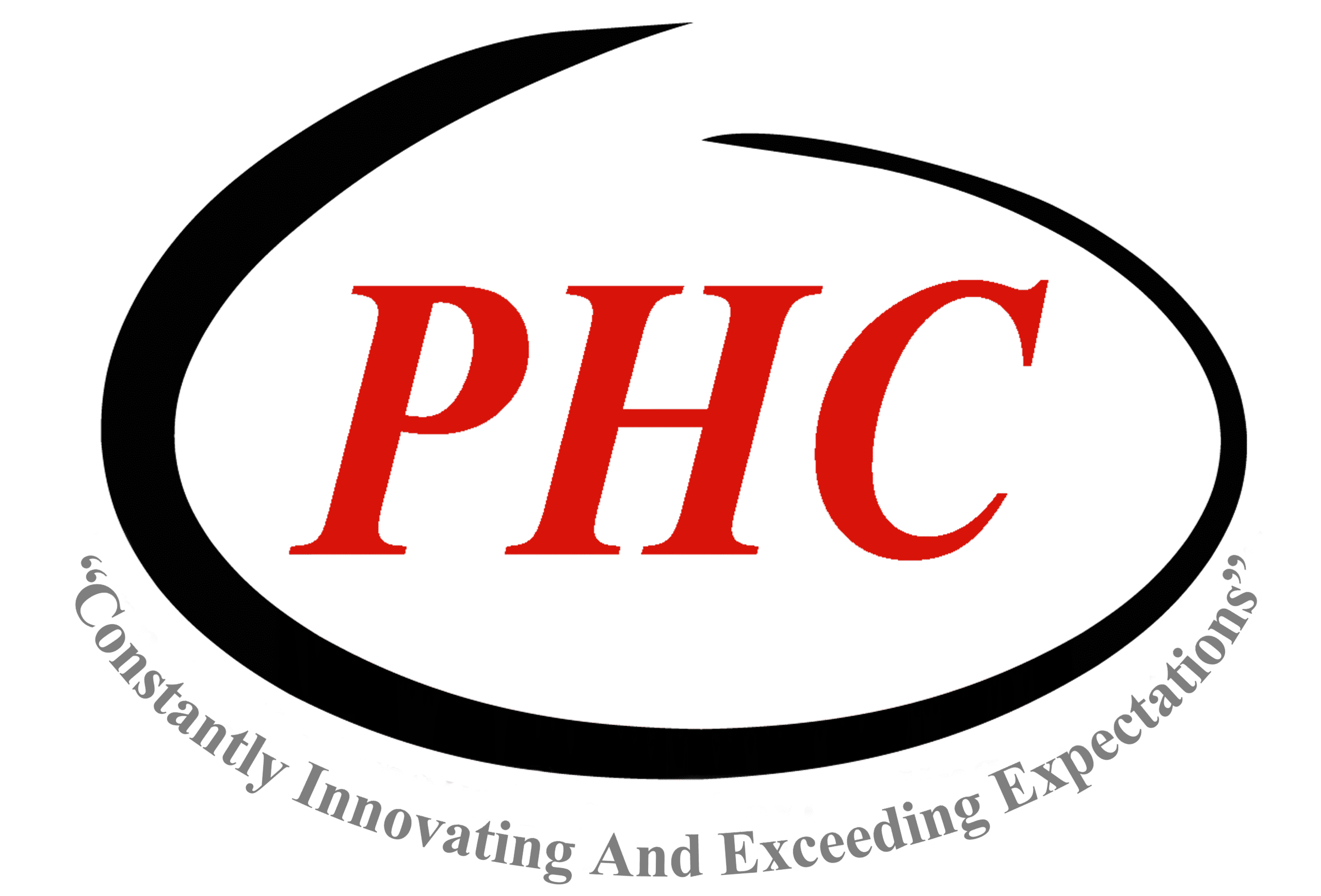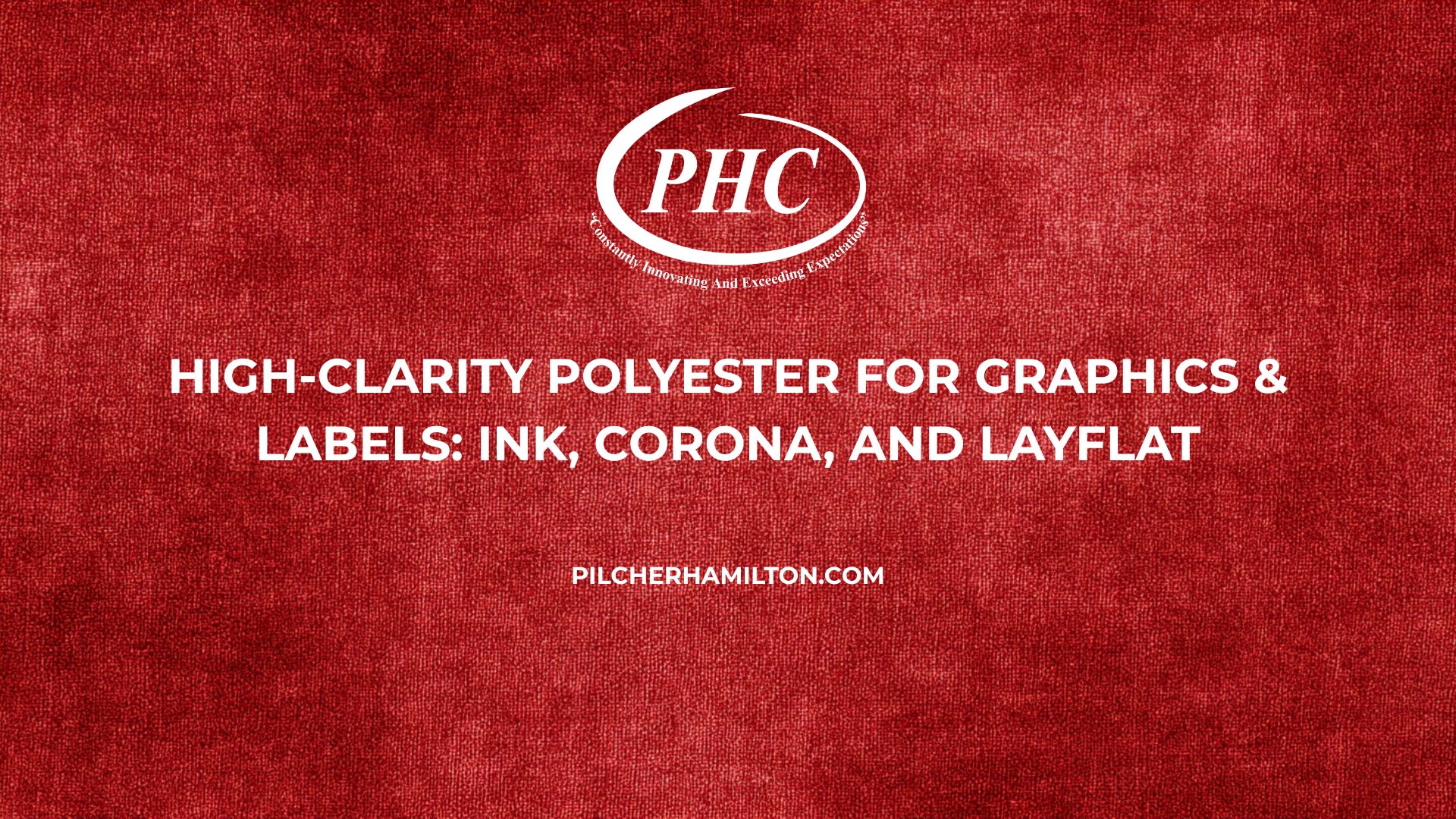Marketing and graphics professionals looking for “polyester near me” often need more than generic clarity. High‑clarity polyester films deliver exceptional transparency, low haze and excellent surface stability, making them ideal substrates for wide‑format printing, labels and face stocks. The biaxially oriented manufacturing process aligns polymer chains to enhance tensile strength and optical clarity. This article explains how haze percentage, dyne level and lamination practices influence print fidelity and layflat performance.
Key Takeaways
- Low haze, high clarity – Graphics‑grade PET films achieve haze below 1 % and total light transmission above 90 %.
- Surface treatment counts – Corona or chemical treatment raises surface energy (≥50 dynes) for ink adhesion.
- Layflat matters – Thermal stability and low shrink ensure sheets remain flat during printing and laminating.
- Printable and laminatable – PET accepts UV, solvent and water‑based inks and laminates readily to adhesives or paper.
- Rapid conversion – PHC slits and sheets high‑clarity films to the widths and sheet lengths required by print shops.
Clarity & Haze Targets
High clarity depends on low haze and high light transmission. Haze measures light scattering as it passes through the film; values below 1 % yield clear graphics and crisp barcodes. Total light transmission should exceed 90 %. PET’s clarity stems from its highly ordered crystalline structure produced during biaxial orientation. Additives or coatings can slightly increase haze, so graphics grades use low‑additive resins. For translucent applications like backlit displays, moderate haze (1–5 %) diffuses light uniformly.
Corona Treatment & Dyne Retention
PET surfaces are inherently low‑energy (~38 dynes) and require treatment to ensure ink adhesion. Corona treatment oxidizes the surface, raising energy to 50–54 dynes. Dyne pens or test inks verify treatment levels. Chemical or acrylic coatings provide longer‑term dyne retention but may slightly increase haze. PHC supplies films treated one or both sides; if only one side is treated, the other side remains low‑energy to ease winding. Visit our corona‑treated film
| Specification | Typical Value | Notes |
| Haze | <1 % (graphics) | Higher haze (1–5 %) for backlit films |
| Total light transmission | >90 % | Indicates clarity |
| Surface energy | 50–54 dynes | After corona treatment |
| Thickness | 2–10 mil | Thicker films for rigid graphics |
| Shrink @150 °C | <2 % | Ensures layflat after lamination |
FAQ
What haze level is acceptable for graphic labels? For clear labels and face stocks, haze should be below 1 % to maintain transparency and color fidelity.
How long does corona treatment last? Corona treatment can decay over time; many printers process film within six months of treatment. Chemical primers offer longer‑term dyne retention.
What ink types work on PET? UV‑curable, solvent, latex and water‑based inks all adhere well to treated PET. Test inks prior to production to optimize adhesion and curing.
Can I laminate PET to paper? Yes. Use adhesives compatible with PET and calibrate nip pressure and temperature. Opaque white PET provides blockout, while clear PET preserves transparency.
Where can I find polyester near me for graphics? PHC stocks high‑clarity and treated polyester films in Greer and offers slitting and sheeting services for fast delivery.
Call to Action
From label face stocks to window signage, high‑clarity PET films deliver the optical quality and stability demanded by today’s printers. Pilcher Hamilton Corporation supplies graphics‑grade PET in gauges, treatments and widths tailored to your press. Visit our high‑clarity graphic grades and film specs pages for detailed data, or contact us through our locations o discuss your project. Make your next search for polyester near me yield a clear solution with PHC.
Serving the USA from Greer – South carolina
850 South Buncombe Road
Greer – South carolina
Need help? Reach out via our contact page or explore our locations.

